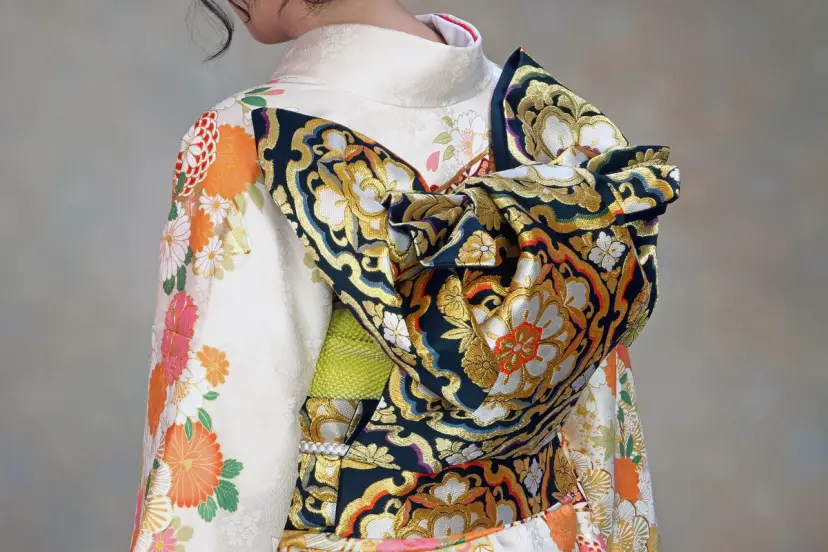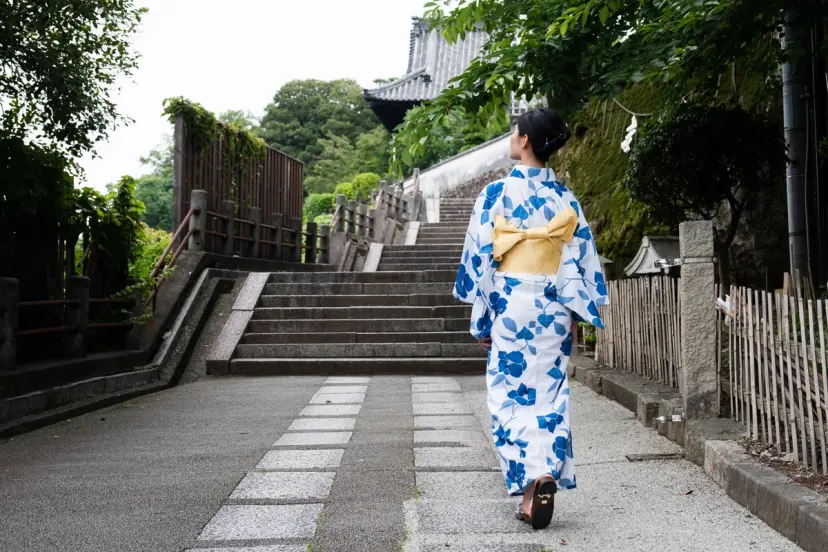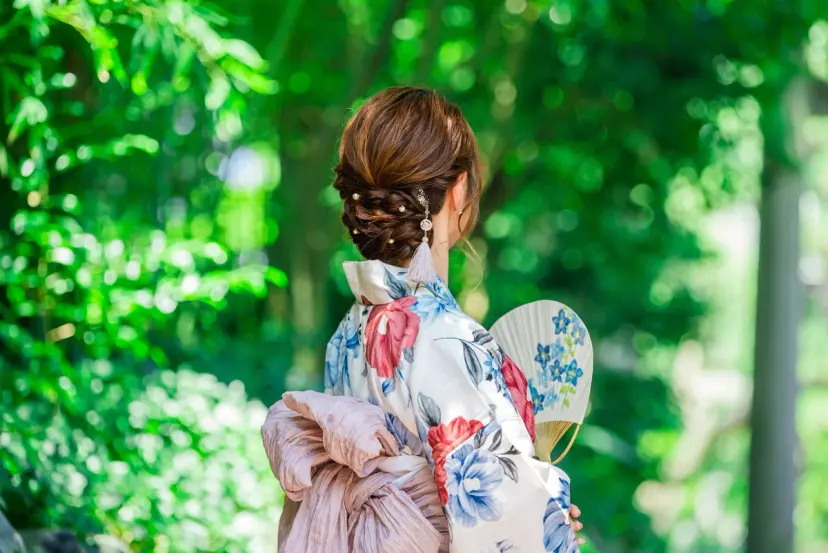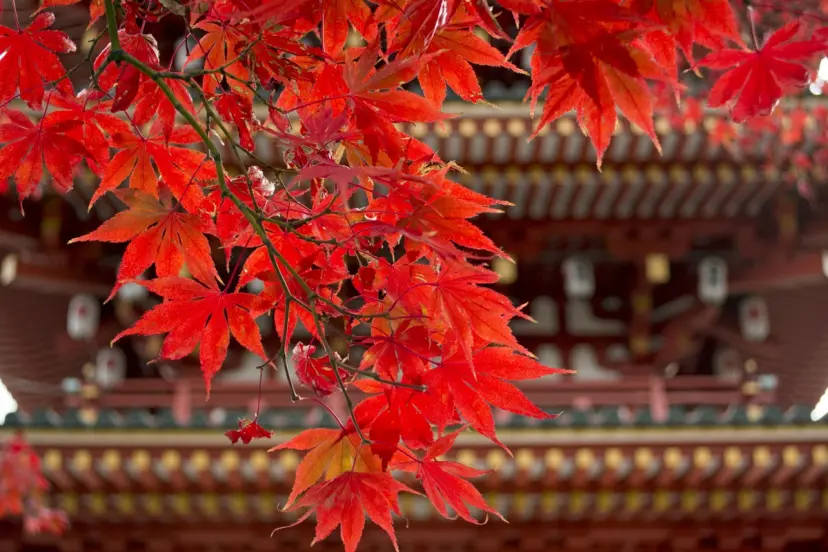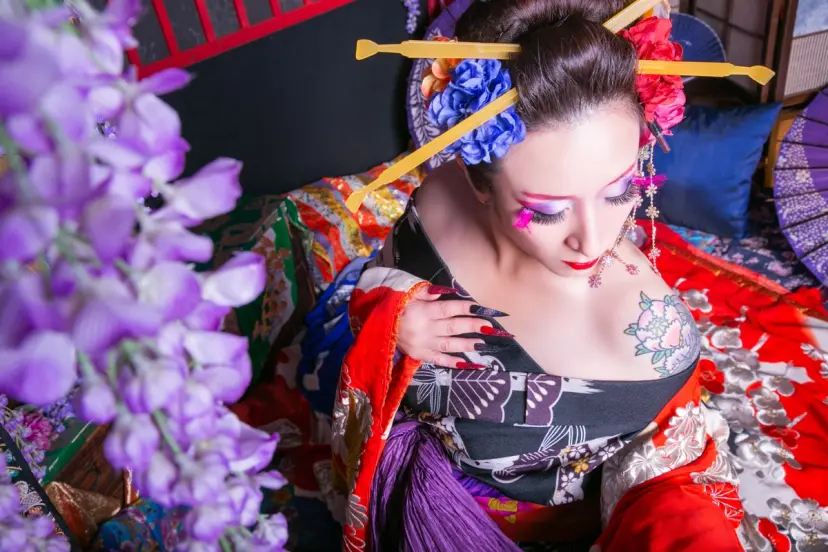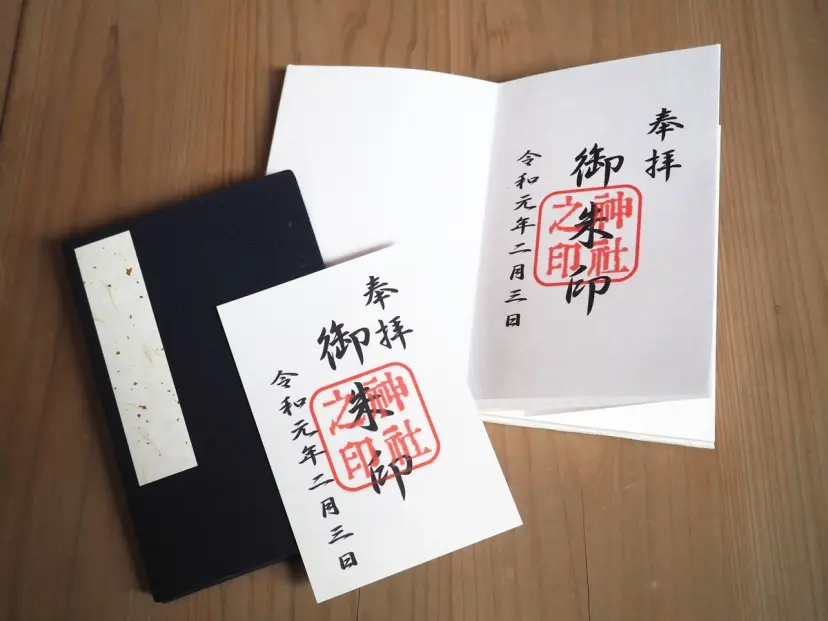A Guide to Kimono For Men: Styles for Every Occasion, from Formal to Casual

Sana Yoshida
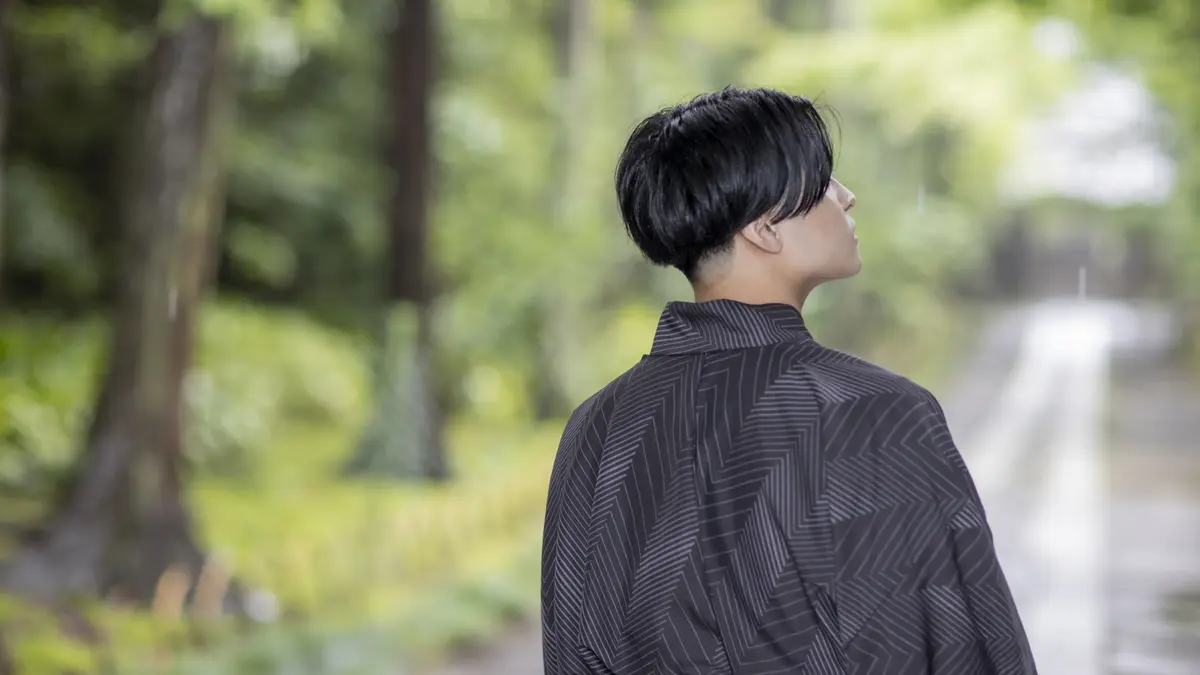
Kimono is Japan’s traditional clothing. Unlike Western clothing, which is tailored to follow the contours of the body, kimono are made from a single bolt of fabric that is cut and sewn in straight lines. This construction method makes them less dependent on body shape, allowing anyone to wear them comfortably.
Many kimono shops offer rental services, making them popular not only with tourists from abroad but also with younger locals who don’t often get the chance to wear traditional clothing.
If you’ve ever been interested in trying them on, this guide will walk you through the different types and features of kimono for men.
Types of Kimono For Men
Men’s kimono can be broadly categorized into four types: formal wear, semi-formal/informal wear, outing wear (casual but stylish), and everyday wear.
Let’s take a look at the characteristics of each style.
Reiso / 礼装 (Formal Wear)
This refers to the most formal kimono worn for ceremonies and official occasions—think weddings and funerals.
Just as suits and dresses have different ranks of formality, kimono also have ranks. For men, the most formal attire is the montsuki haori hakama (紋付羽織袴). At celebratory occasions, men typically choose kimono with vibrant colors and festive patterns. In contrast, for funerals, it is customary for men to wear a black kimono with family crests (montsuki hakama), or alternatively, a subdued-colored hakama or hōmongi (visiting kimono).
Montsuki Haori Hakama / 紋付羽織袴
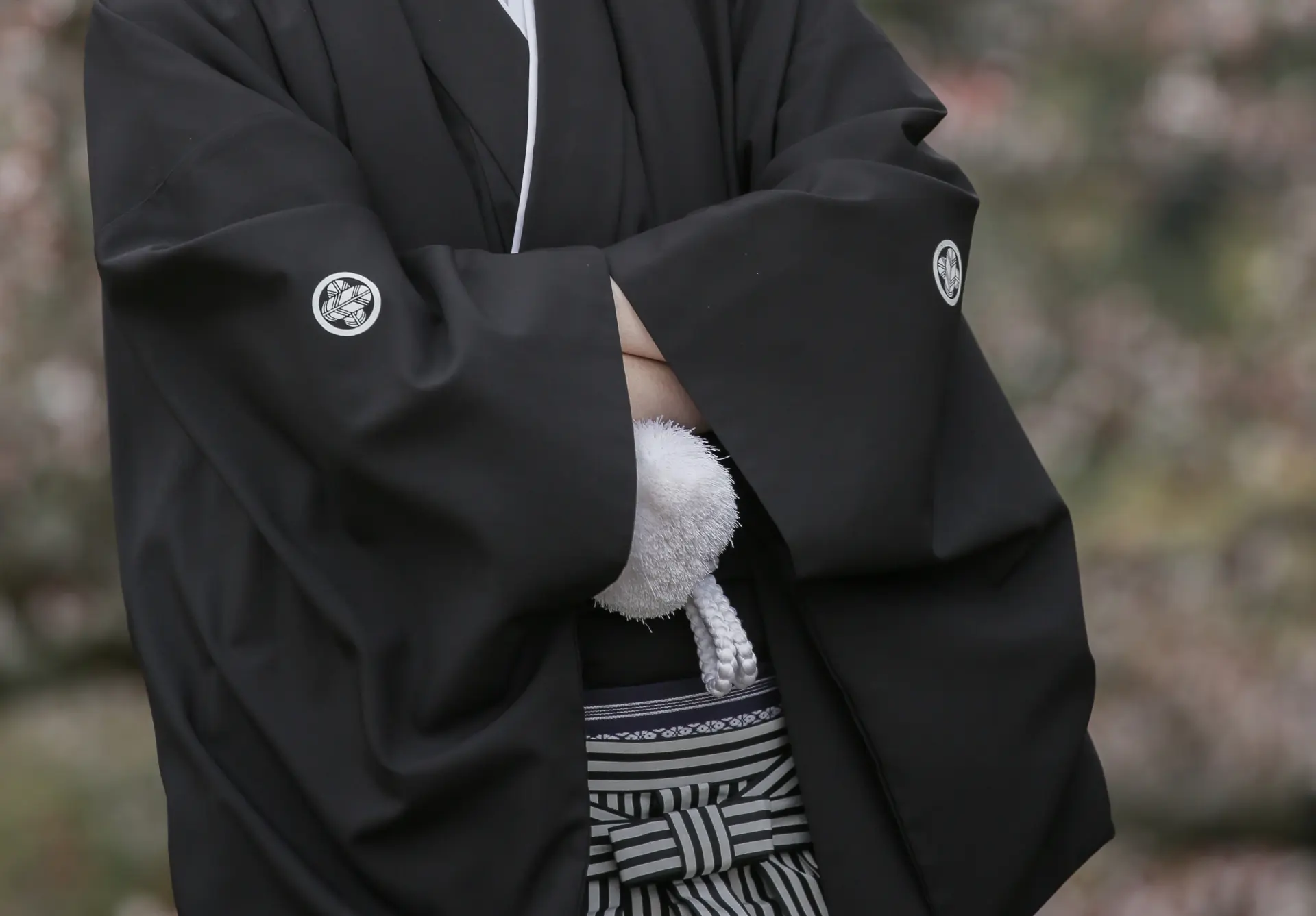
This is the highest level of formality in men’s kimono.
In Mon-Tsuki, Mon means Ka-Mon/家紋 (family crest) —a design historically used by court nobles and samurai families, with each household having its own motif. Famous examples include the Imperial Kikuka-Monsho/菊花紋章 (Chrysanthemum Crest), the Kiri-Mon/桐紋 (Paulownia Crest) seen on the 500-yen coin, and the Aoi-Mon/葵紋 (Aoi Crest) used by the Tokugawa family.
The placement of crests also carries meaning: the one on the back symbolizes one’s ancestors; those on the chest represent one’s parents; and those on the sleeves represent siblings and relatives. Itsutsu-Mon/五つ紋 (Five crests) denote the highest rank of formality. With five crests, a colored montsuki is equal in rank to a black montsuki; garments with Mitsu-Mon/三つ紋 (three crests) or Hitotsu-Mon/一つ紋 (one crest) are considered semi-formal or informal.
What If You Don’t Have a Mon?
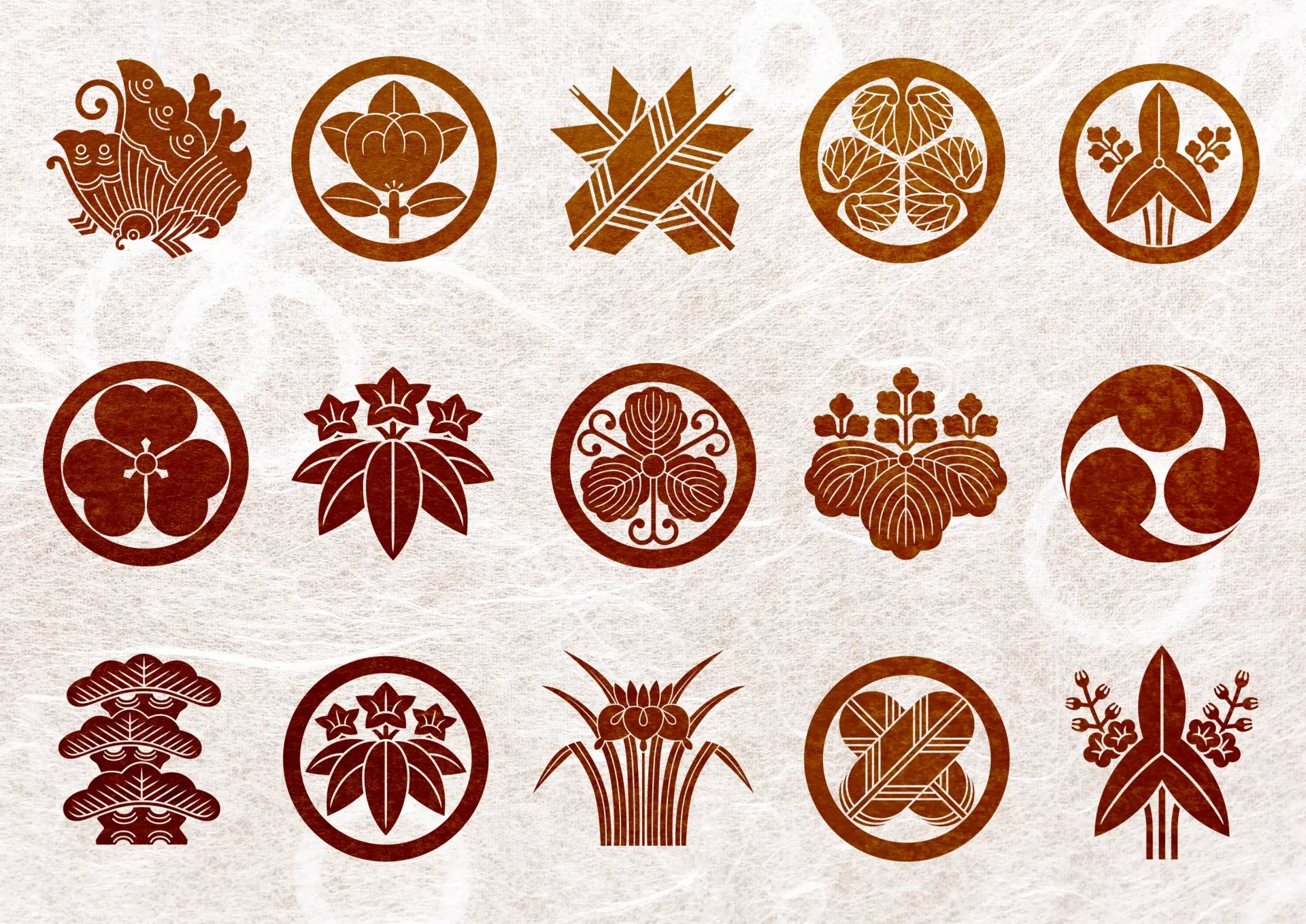
Wearing a Montsuki with the correct family crest is, in principle, reserved for members of that family line.
That said, households with formal, established crests are a minority even in Japan. When you don’t have a crest to use—or if you’re renting—people wear a haori jacket bearing Tsu-Mon/通紋 (also called Tori-Mon), crests that became widely used in the Edo period and can be worn by anyone regardless of lineage.
Mofuku / 喪服 (Mourning Dress)
This is formal attire worn at wakes, funerals, and memorial services. The formal mourning dress/shō-mofuku (正喪服), which features five family crests, is worn by the chief mourner, the main hosts, and close relatives up to the second or third degree. The semi-formal mourning dress/jun-mofuku (準喪服), consisting of a kimono in dark colors with three or one crest, is worn by other family members. The informal mourning dress/ryaku-mofuku (略喪服), also in dark colors with three or one crest, is appropriate for guests attending the ceremony.
However, in modern times, very few people wear kimono at funerals or memorials. Simply wearing kimono can be perceived as overly formal; if the chief mourner or the bereaved family is in Western clothing, it’s safest to avoid kimono even for informal mourning attire.
Jun-Reiso / 準礼装, Ryaku-Reiso / 略礼装
Jun-reiso refers to semi-formal attire — appropriate for important but not top-tier formal events. It is more dressed up than casual wear but one step below full formal.
Ryaku-reiso means simplified formal wear. It’s worn when some degree of formality is required, but not full-scale.
For receptions, tea gatherings, and parties, jun-reiso or ryaku-reiso is appropriate.
Iro Montsuki Haori Hakama / 色紋付羽織袴
Iro means "Colored".
This ensemble uses a non-black kimono and haori with hakama. With three or one crest, it’s less formal than full formal wear and can be worn more casually.
Colors like white, gray, brown, and navy blue are most common, with a focus on subdued, elegant tones.
Montsuki Haori / 紋付羽織, Haori / 羽織
For more relaxed parties, you can omit the hakama (garment worn over a kimono, resembling a wide-legged skirt or divided pants); a haori with one crest—or even no crest—is perfectly acceptable.
Cha-Seki / 茶席 (Tea Ceremony)
At tea gatherings, the common style is to wear hakama without a haori (kimono jacket). Choose a subdued, plain kimono and pair it with a plain or striped hakama.
Gaishutsu-Gi / 外出着, Share-Gi / 洒落着
Gaishutsu-gi is kimono worn when going out for casual or semi-formal occasions, such as dining, visiting friends, or strolling around town.
Share-gi is a more fashionable or expressive type of casual kimono, often with bolder colors or patterns. Worn for enjoyment or to express personal style.
The basic outfit for these styles consist of a kimono paired with an uncrested haori.
If you expect a lot of movement or are concerned about the kimono becoming untidy, you can wear a plain hakama. Since these styles have more room for personal expression, feel free to enjoy experimenting with items like decorative collars or even Western-style shirts.
Omeshi / お召
Kimono made from fabric woven with pre-dyed threads are called omeshi—the name stems from the phrase “worn by nobility.” They’re often used for formal kimono; for men, they can also be worn as semi-formal attire.
Fudan-Gi / 普段着 (Everyday Wear)
These are kimono worn in daily life or for casual outings, designed to be easy to care for and store.
Tsumugi / 紬
A woven kimono made from slubbed, pre-dyed yarns. It’s generally for everyday and outing wear, so even expensive tsumugi are considered unsuitable for tea ceremonies or weddings.
Kasuri / 絣
A kimono woven by intersecting warp and weft threads that have been resist-dyed to create blurred patterns—a rough equivalent to ikat in English.
Wool
Kimono made from wool are known for their excellent heat retention. The fabric is typically thick and warm, making it suitable for wear from early autumn to early spring.
Cotton
Kimono made from fabric woven with cotton thread that has a soft texture. It keeps you cool in summer and warm in winter, making it suitable for year-round wear.
Polyester
The most affordable option. It dries quickly after washing and is easy to care for, making it ideal for beginners.
Denim
Recently, denim kimono have become popular, especially among younger people. They’re casual and unisex, and pair well with sneakers or boots—drawing attention as kimono you can wear much like Western clothes.
Others
Yukata (浴衣/ゆかた)
A simpler summer garment deeply rooted in Japanese life. You’ll also find yukata provided as indoor wear at hot-spring inns (ryokan), perfect for relaxing.
Yukata can be worn by all genders, but for men, the items below are also tasteful choices.
Jinbei / 甚平, Samue /作務衣
These are types of men’s kimono-style garments worn for lounging or work.
Jinbei are often worn in summer as an alternative to yukata. Samue, with longer sleeves and long trousers, are sometimes used as uniforms by chefs, potters, and Buddhist priests.
They’re relatively resistant to coming undone, so they’re recommended not only for adult men but also for children.
Being Stylish is Choosing The Right Wear For The Occasion!
There are many different types of kimono, and we’ve looked at how they’re worn depending on the occasion. Many kimono shops and events at cultural venues offer hands-on experiences wearing them, so if you're interested, be sure to look into it!
